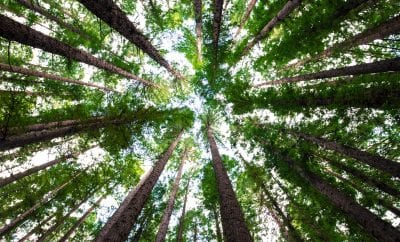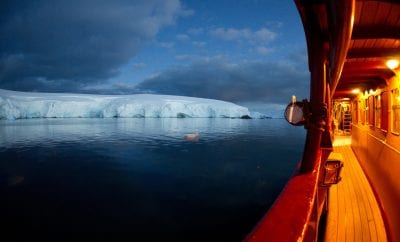
News
Antarctica Has Never Been Warmer than it is Now
Earlier this month, Antarctica logged its hottest temperature on record, with an Argentinian research station thermometer reading 64.94 degrees F, beating the previous record of 63.5 degrees F set in March 2015. For the coldest area on planet Earth, these temperatures are akin to a cold winter day in San Diego.
“The reading is impressive as it’s only five years since the previous record was set and this is almost one degree centigrade higher,” James Renwick, a climate scientist at Victoria University of Wellington, told The Guardian. “It’s a sign of the warming that has been happening there that’s much faster than the global average.”
The vast icy continent has been hit hard by climate change, with some of the coldest glaciers that were once considered solid now melting. Antarctica is home to 90 percent of all ice on Earth, and if enough of its gargantuan glaciers melt, global sea levels are at a high risk of rising dramatically.

The loss of ice in this region has been melting on at an accelerated rate since the late seventies, with much of it being responsible for a quarter of global sea-level rise in recent years. Just recently, researchers found that one of Antarctica’s “doomsday glaciers” has warm water seeping beneath its ice sheets. These glaciers earn their name due to the potential of causing catastrophic rises in sea levels if their mass of ice shelves melts completely.
Despite these drastic changes, some scientists are still hesitant to say these extreme temperatures recorded in Antarctica are caused by global climate change. David Bromwich, a climate researcher at The Ohio State University, told The Washington Post that this may be a one-time “extreme event that doesn’t tell us anything.”
Nevertheless, the fragile ecosystem of Antarctica is at risk of continued warm temperatures. The first rung on the food chain ladder in the region is krill. These tiny crustaceans rely on eating microscopic plants that grow on the underside of sea ice. As these glaciers begin to melt, krill will struggle to find adequate food, causing a reaction that affects the rest of the complex ecosystem.
With a continued string of stressors affecting Antarctica and its climate, the region will continue to suffer as its weather, biodiversity, and ecosystem take a hit. One thing is for certain though, amongst climate scientists in Antarctica, the future of Antarctica is bleak if we continue at the pace we’ve seen thus far.





1 Comment